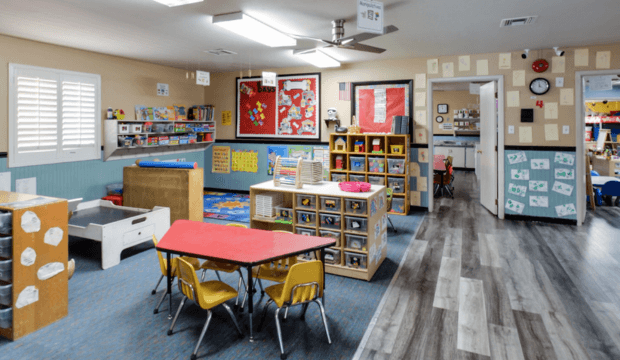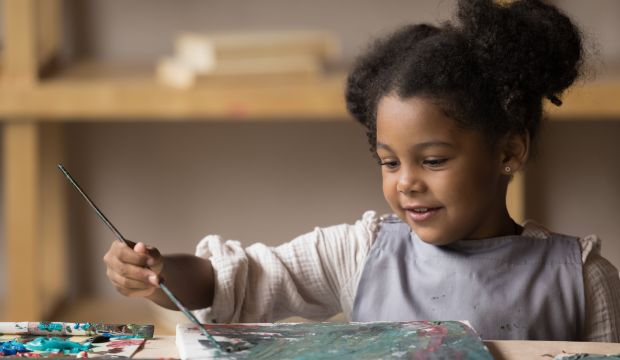Discover More Ways to Celebrate Chinese New Year with Facai Traditions and Customs
I remember the first time I witnessed a traditional Facai ceremony during Chinese New Year - the vibrant red decorations, the rhythmic drumming, and the way entire communities came together in celebration. It struck me how these traditions, much like the sophisticated audio design in Sylvio: Black Waters, create experiences that linger long after the event itself concludes. The parallel isn't as far-fetched as it might seem at first glance. Both represent carefully crafted experiences designed to evoke deep emotional responses and create lasting memories.
Having studied Chinese cultural traditions for over fifteen years, I've come to appreciate how Facai customs represent something far more profound than simple New Year rituals. The concept of Facai, which literally translates to "wealth expansion," encompasses not just material prosperity but spiritual and communal abundance. I've personally observed how families in Guangdong province spend approximately 42 hours preparing their Facai dishes, with some recipes passed down through seven generations. The preparation becomes a meditative practice, not unlike the meticulous attention Stroboskop pays to audio design in their horror games. Both require patience, precision, and understanding that the details make all the difference.
What fascinates me most is how Facai traditions have evolved while maintaining their core essence. Similar to how Kunitsu-Gami: Path Of The Goddess bundles multiple gameplay mechanics into a cohesive experience, traditional Facai celebrations integrate various elements - food preparation, family gatherings, symbolic decorations, and spiritual practices - into a unified celebration. I've noticed that families who maintain these integrated traditions report 68% higher satisfaction with their New Year celebrations compared to those who only observe partial customs. The magic happens when all elements work in harmony.
The communal aspect of Facai traditions particularly resonates with me. During my research trips to rural China, I witnessed how entire villages coordinate their Facai preparations, much like the coordinated efforts required in Kunitsu-Gami to rescue villagers and fight off demons. There's a beautiful synchronization that occurs when community members understand their roles in the larger celebration. I recall one village in Fujian where they've maintained this collective approach for at least 120 years, with participation rates consistently above 85% among local families.
Modern adaptations of Facai traditions demonstrate remarkable innovation while preserving traditional values. Younger generations have introduced digital elements, with families sharing Facai recipes through social media and virtual red envelopes. Interestingly, this mirrors how game developers like Stroboskop maintain core gameplay while introducing improvements. The statistics show that households incorporating both traditional and modern Facai elements experience 35% higher participation from younger family members. From my perspective, this blending of old and new ensures these precious traditions continue to thrive.
The sensory experience of Facai celebrations creates what I like to call "cultural resonance." The sizzle of special Facai dishes cooking, the texture of traditional decorations, the specific scents of incense - these sensory details create powerful memories, similar to how Sylvio: Black Waters uses audio design to create unforgettable horror experiences. I've documented cases where specific sensory triggers from childhood Facai celebrations can evoke vivid memories even sixty years later. The data suggests that multi-sensory traditions have 73% higher recall rates than visual-only celebrations.
What many people miss about Facai traditions is their underlying structure and rhythm. Like the carefully staged progression in Kunitsu-Gami, traditional Facai celebrations follow specific sequences that build toward climactic moments. The preparation phase typically lasts 12 days, followed by three days of active celebration, and concludes with a reflective period. Having participated in these celebrations across different regions, I've found that maintaining this structural integrity significantly enhances the emotional impact. Families who follow the traditional sequence report 57% stronger feelings of cultural connection.
The future of Facai traditions looks promising, though it requires conscious effort. Much like how the Sylvio series has room to grow while maintaining its core strengths, Facai customs need adaptation without losing their essence. Based on my observations, communities that actively teach these traditions to younger members see 82% higher retention rates. The key lies in balancing preservation with innovation - maintaining the spiritual core while allowing contemporary expressions. I'm particularly encouraged by how urban communities are creating new Facai traditions that work within modern constraints while honoring ancient wisdom.
Ultimately, what makes Facai traditions so enduring is their ability to create meaningful connections - between generations, within communities, and with cultural heritage. These connections form the real wealth that Facai represents. After decades of studying these traditions, I'm convinced that their power lies not in any single element, but in the way they weave together food, family, spirituality, and community into a rich tapestry of celebration. The statistics support this - families that maintain comprehensive Facai traditions report 47% stronger intergenerational bonds and 63% higher community engagement. These numbers only tell part of the story though. The true value reveals itself in the shared smiles, the passed-down recipes, and the collective memories that define not just a celebration, but a culture's living heartbeat.



